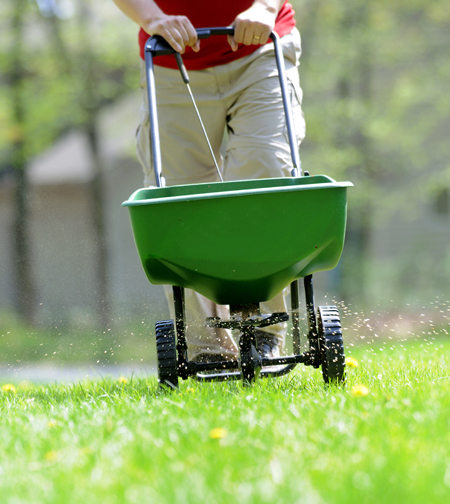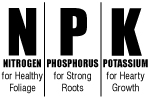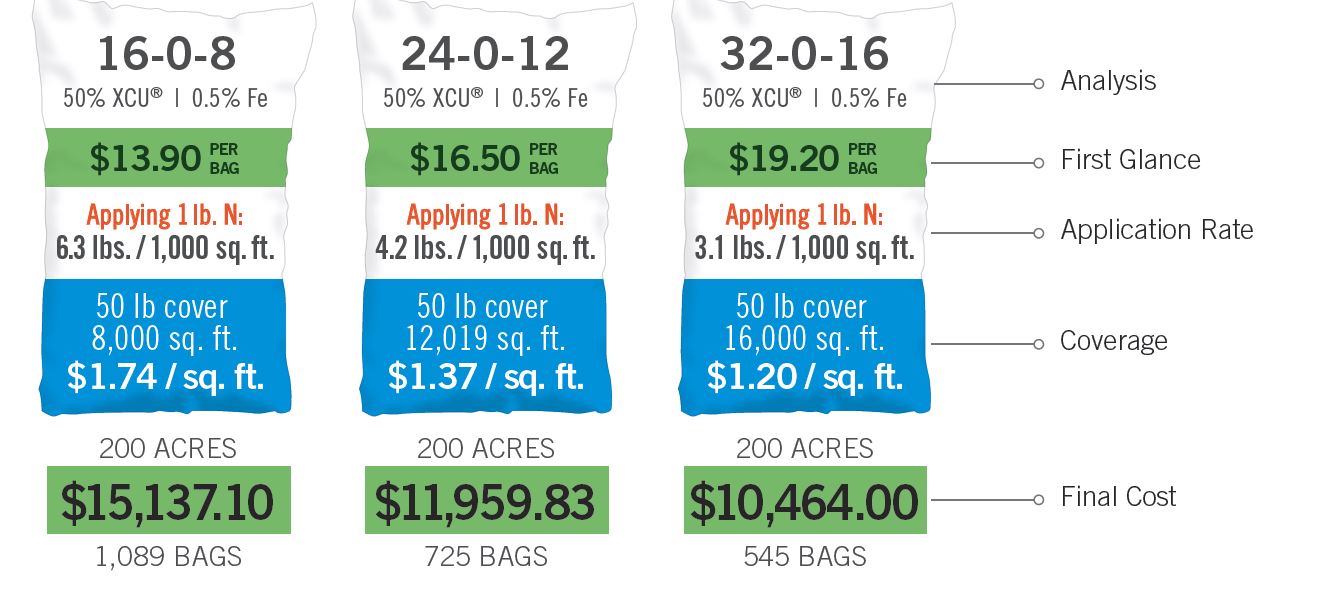- Categories:
- Maintenance
- Landscaping


Spring is here, which means it is time to help your turf recover from winter frost and prepare for the heat of the summer. This is an optimal time to fertilize, manage weeds and start developing healthy soil to ward off summer pests and disease.
Horizon is here to offer some strategies and tips to maximize your spring program. Our Landscape Expert, Nick diLorenzo, will offer some of his best practices and favorite resources and blogs.
Which fertilizer should I apply?
Many large fertilizer manufacturers want to make you think that there is a special NPK (Nitrogen-Phosphorus-Potassium) ratio, for each season. But really, every soil profile is different and you should choose your fertilizer based on the nutrient needs of your turf.
Start with a Soil Test
A best practice of turf managers across the industry is to test soil in spring so that you can balance the profile before the stress of heat hits in the summer. Do you have to test every year on every property? Probably not. But if you are working on with a new client, or on new construction, we do recommend taking a soil sample. Horizon partners with Ag Source Laboratories to provide you results and recommendations that are easy to read and implement. (See your local Horizon branch for test kits)
How Do I Select the Right Fertilizer?
It’s not just about NPK - it’s about what is IN the fertilizer you select.
- Does it have quick release or slow release fertilizer?
- Which micronutrients are included?
- Is there filler; if so, what’s in the filler?
- What’s the pellet size?

These are all important questions to ask before purchasing a fertilizer. Learn more about those questions and the answers you want here.
When is the Best Time to Apply?

Applying fertilizer at the proper times is critical to turf health. Check out a video here from Horizon’s Christina Burton on how to maximize your fertilizer application. http://www.horizononline.com/best-times-to-apply-fertilizer/
What about the Cost?
Fertilizer prices can vary broadly, anywhere from $15 to $55 a bag and more. So how do you know how much you should pay? The key is to look beyond the price per bag, and look at it in terms of price per application.
An effective fertilizer program must produce healthy, green turf, but it also needs to make sense from a financial standpoint. One of the most common objections when it comes to slow release fertilizer is the bag cost is too high. But when you look at the number of bags needed per application, how long the fertilizer lasts, and a few other factors, programs utilizing slow release fertilizer usually cost less overall.

There are 3 Steps to comparing fertilizer costs:
- Step 1: Calculate the number of bags needed to fertilize 1 acre (or 1,000 sq. ft)
- Step 2: Multiple the number of bags you need by the price per bag.
- Step 3: Divide the cost to fertilize 1 acre by how long the fertilizer lasts
See the steps here
Last Thought on Slow Release Fertilizer
Slow release nitrogen is the best option for overall health of your turf. But that’s not the only benefit it offers. Using more efficient nitrogen sources can benefit your overall business by reducing labor costs, product costs and more. Check out this video on all the labor savings from using the right fertilizer.